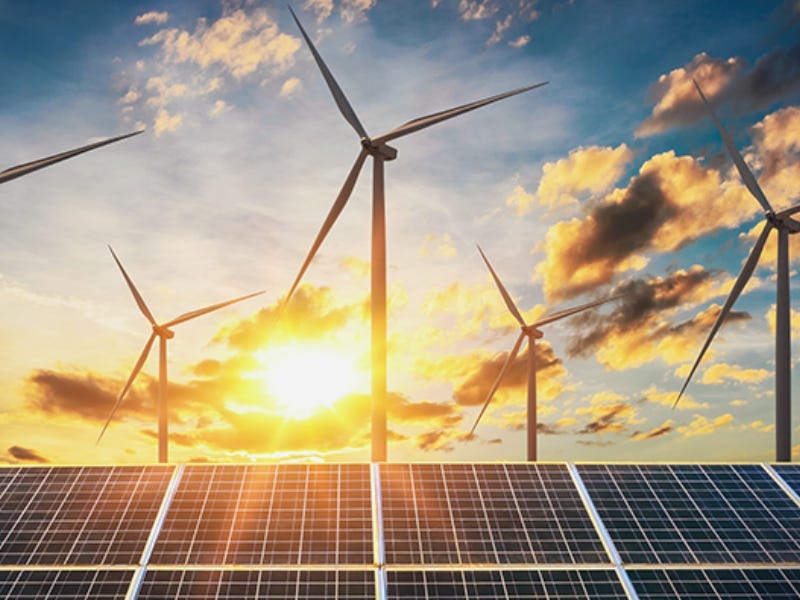The long road to clean energy innovation
Scaling up technologies key to combating climate change will take between 18 years to more than 100, the IEA found in a recent report

[Aug. 2, 2020: Axios]
Development and early adoption timelines for select technologies
Time from initial prototype to 1% market share, in the International Energy Agency’s Sustainable Development scenario
Scaling up technologies key to combating climate change will take anywhere between 18 years to more than 100, the International Energy Agency found in a recent report.
Why it matters: Scientists say the world must find ways to drastically cut heat-trapping emissions over the next 30 years, but the path of innovating and scaling is stubbornly long, even in the best of scenarios.
Like these kind of stories? Get The Brighter Side of News' newsletter.
How it works: The IEA is predicting how long a handful of nascent technologies, like long-haul electric trucks and different kinds of tech capturing carbon dioxide emissions, will take to go from an initial prototype project to capturing 1% market share of whatever country moves first.
IEA, a Paris-based intergovernmental research group, analyzed past energy-technology development pathways to determine the possible timeline for these ones.
These timelines are according to a specific scenario IEA modeled that assumes the world immediately begins on a pathway of reaching net-zero greenhouse gas emissions by 2070. Some countries and companies are setting net-zero goals by 2050, which would compel an even faster timeline.
The world is not currently on either pathway. Under the status quo, tech innovation will take even longer.
“Factors that have in the past led to discontinuous learning, including a lack of financial resources, fossil fuel price risk and political instability, are assumed not to affect innovation in the future,” the report states.
The intrigue: The technologies included on this chart are among the trickiest to make clean, such as industrial activities and long-haul transportation. The IEA has a similar chart on more developed tech, like wind, solar and nuclear power, on page 76 of its report.
Flashback: Even successful technology deployments, like solar photovoltaic and batteries in electric vehicles, took about three decades from their first prototype to time of commercialization, the IEA finds.
Yes, but: The future is notoriously hard to predict. For its part, the IEA is increasingly facing scrutiny from climate advocates and some climate journalism organizations for not being critical enough in its analyses of the role played by fossil fuels.
What’s next: IEA is releasing more data on this topic in a report in September.
Of note: For the chart, Axios simplified three names: hydrogen-based chemicals = electrolytic hydrogen-based methanol; carbon capture in steelmaking = enhanced smelt reduction steel with CCUS; and electric heavy-duty trucks = battery-electric heavy-duty trucks.
Within the technologies displayed, battery-electric heavy-duty trucks, hydrogen fuel cell-based cars, and carbon capture in natural gas-based steelmaking are already commercial.... Read More



